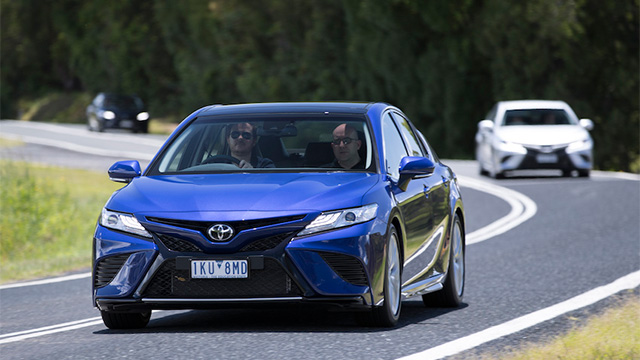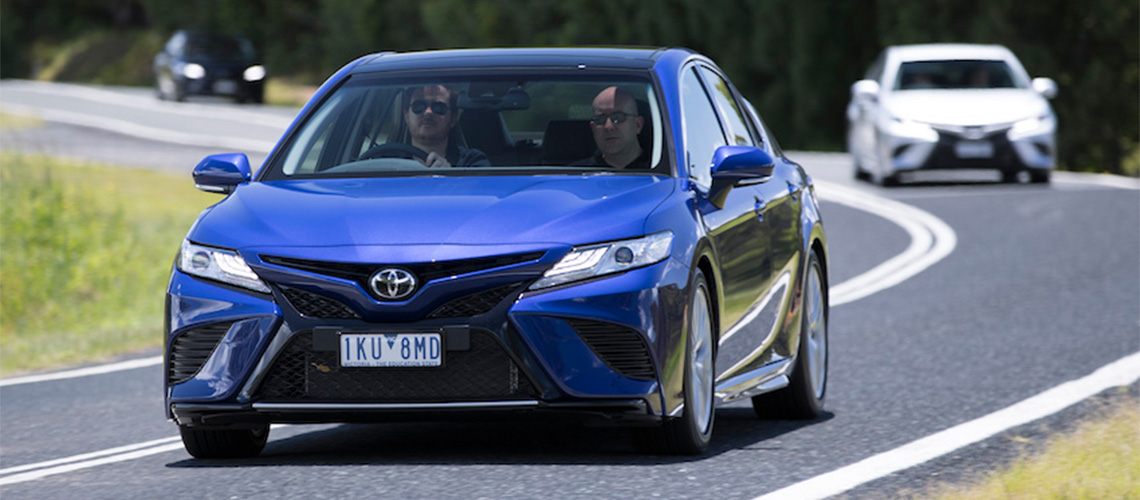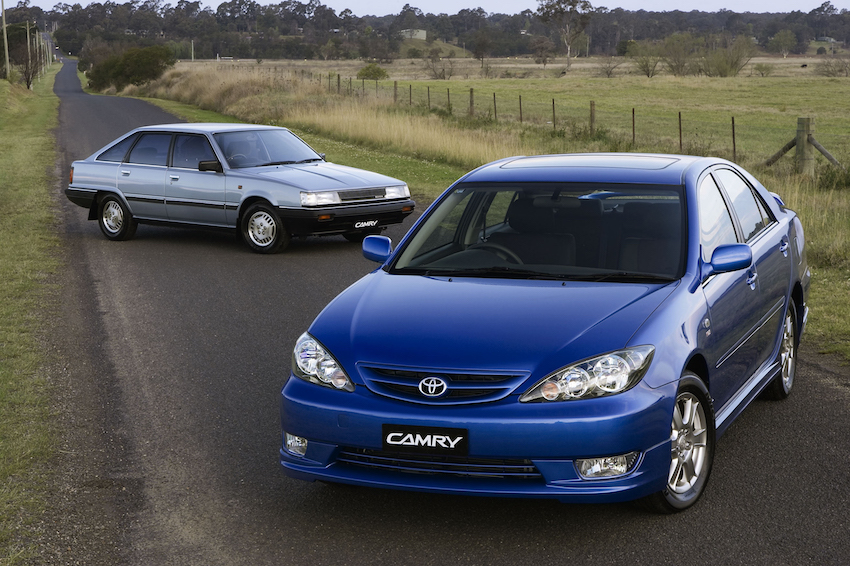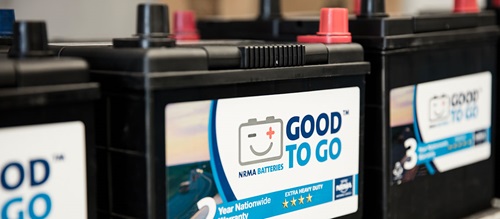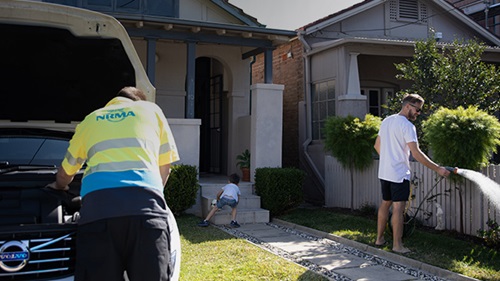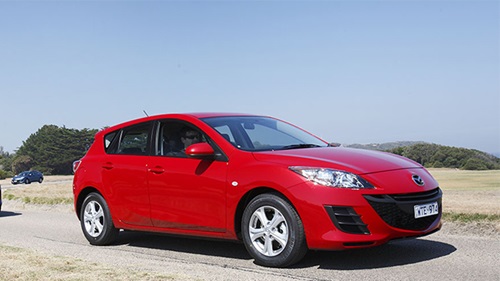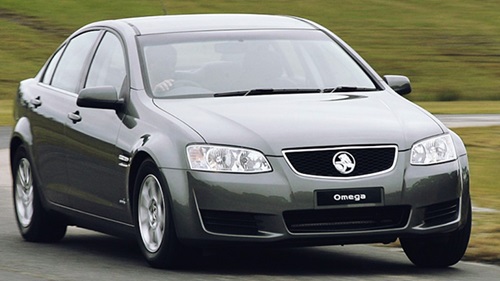Specifications |
|
| Priced from | $27,690 |
| Engine | 2.5L four-cylinder/ 2.5L hybrid/ 3.5L V6 |
| Transmission | 6-speed auto / CVT / 8-speed auto |
| Fuel Economy |
7.8L/ 4.2L/ 8.7L
GOOD
|
| Output | 133kW/ 160kW/ 224kW |
| ANCAP rating |
|
The eighth-generation Toyota Camry has evolved from an ordinary family car into something far more exciting.
The new Camry is significant for Toyota, especially since local production ended last year. The nameplate continues with this all-new model imported from Japan, just as the original Camry Liftback was in the early 1980s.
In the intervening years, Camrys of all shapes and sizes were built in Port Melbourne and, later, Altona. They became arguably as well-known as Commodores or Falcons, but were considered just a ‘safe bet’ family car. With the Commodore and Falcon now history, it could be the Camry’s time to shine.
As the first sedan built on Toyota’s new platform, TNGA (Toyota New Global Architecture), it’s much stronger than any Camry in the past. Greater torsional rigidity and a lower centre of gravity gave the designers the freedom to produce something lower and sportier.
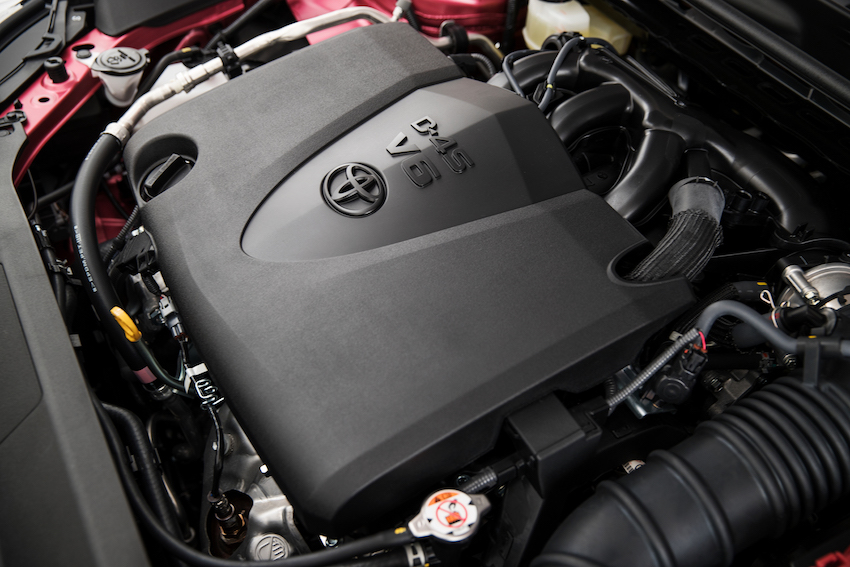
What's the engine in the Camry now?
With the Aurion nameplate now discontinued, the V6 engine comes back into the Camry fold and the new line-up is available with three revised engines. The 2.5-litre petrol remains largely unchanged, but the hybrids feature a new 2.5-litre four-cylinder matched to a new hybrid system, improving fuel consumption up to 19 per cent over the old model. The nickel metal hydride battery has been repositioned from behind the rear seats to under the floor, improving boot space.
The petrol Camry’s V6 engine is also new and matched to an eight-speed automatic for the first time. It develops 224kW and 362Nm, requires 95RON fuel, and has a claimed fuel consumption figure of 8.9L/100km for the SX.
The stronger TNGA platform has allowed a complete revision of the Camry’s suspension and steering, with new dampers, springs, rubber mounts, and power steering rack. Each model has a different tyre and rim package, and 19-inch alloys with low-profile tyres are fitted for the first time to the Camry SX.
The new range starts with the Camry Ascent priced at $27,690, an increase of $1200 over the old model. Camry models include the Ascent Sport ($29,990), SX ($33,290) and SL ($39,990). The hybrid line-up starts with the Ascent priced at $29,990, then the Ascent Sport at $31,990 and SL at $40,990. V6 models consist of the SX ($37,290) and SL ($43,990).
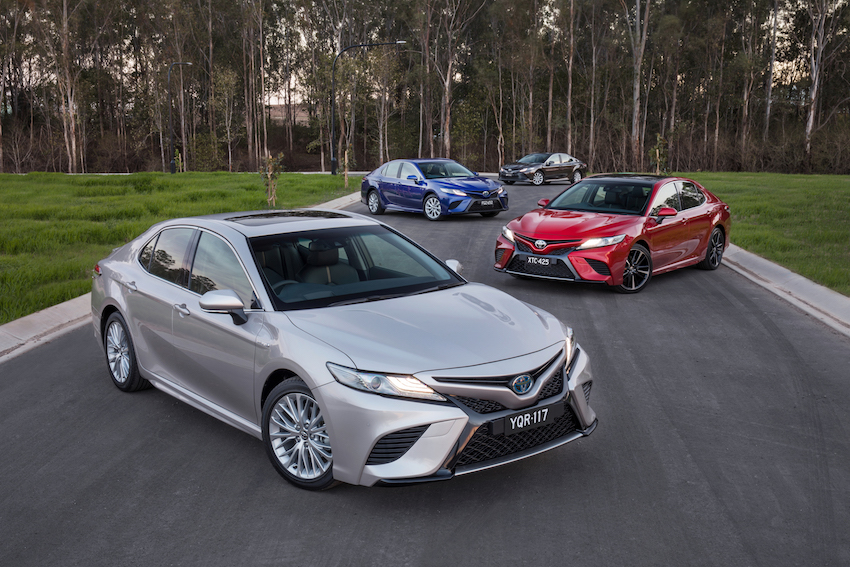
What are some of the standard features in the Ascent model?
Standard features on the Ascent include an upgraded safety package with pre-collision safety, autonomous emergency braking, lane departure warning with steering assistance, reversing camera, auto high beam and cruise control, LED headlamps and LED daytime running lights. The Hybrid Ascent has dual–zone air con, keyless entry and button start/stop. Highlights for the Ascent Sport are an eight-inch screen, sat nav, parking sensors and a powered driver’s seat. The SL and SX gain larger alloys, a sports grille, leather accent trim, head-up display and an electric tilt steering column.
External styling has two distinct themes: mainstream and a genuine attempt at a sports look, with an aggressive front and rear bumper design, extra side skirts on the Ascent Sport, and a boot spoiler for the SX and SL. The cabin design features a high centre console and soft-touch materials and trims depending on spec. It looks more cohesive and better executed than before and the lower waistline has increased the glass area for a lighter, more open feel.
We only spent a short time in each variant, but found the more rigid platform has put some ‘spine’ into the Camry. As a touring proposition, the 3.5-litre V6 fits the bill perfectly. At 110km/h, the tacho sits at a leisurely 1600rpm, the cabin is quiet, and ride quality is first-class. Where the old Aurion would start to get the wobbles around a bend, the new chassis doesn’t display such nervousness. The same goes for the other models, but only a longer road test will reveal if this Camry has closed the gap between competitors like the Mazda6, Subaru Liberty and Kia Optima.
What are the pros and cons of this car?
Pros: Hybrid starts under $30K for the first time; refinement of V6 engine
Cons: No Apple CarPlay/Android Auto
This story first appeared in the NRMA's Open Road magazine - January/ February 2018 Issue







